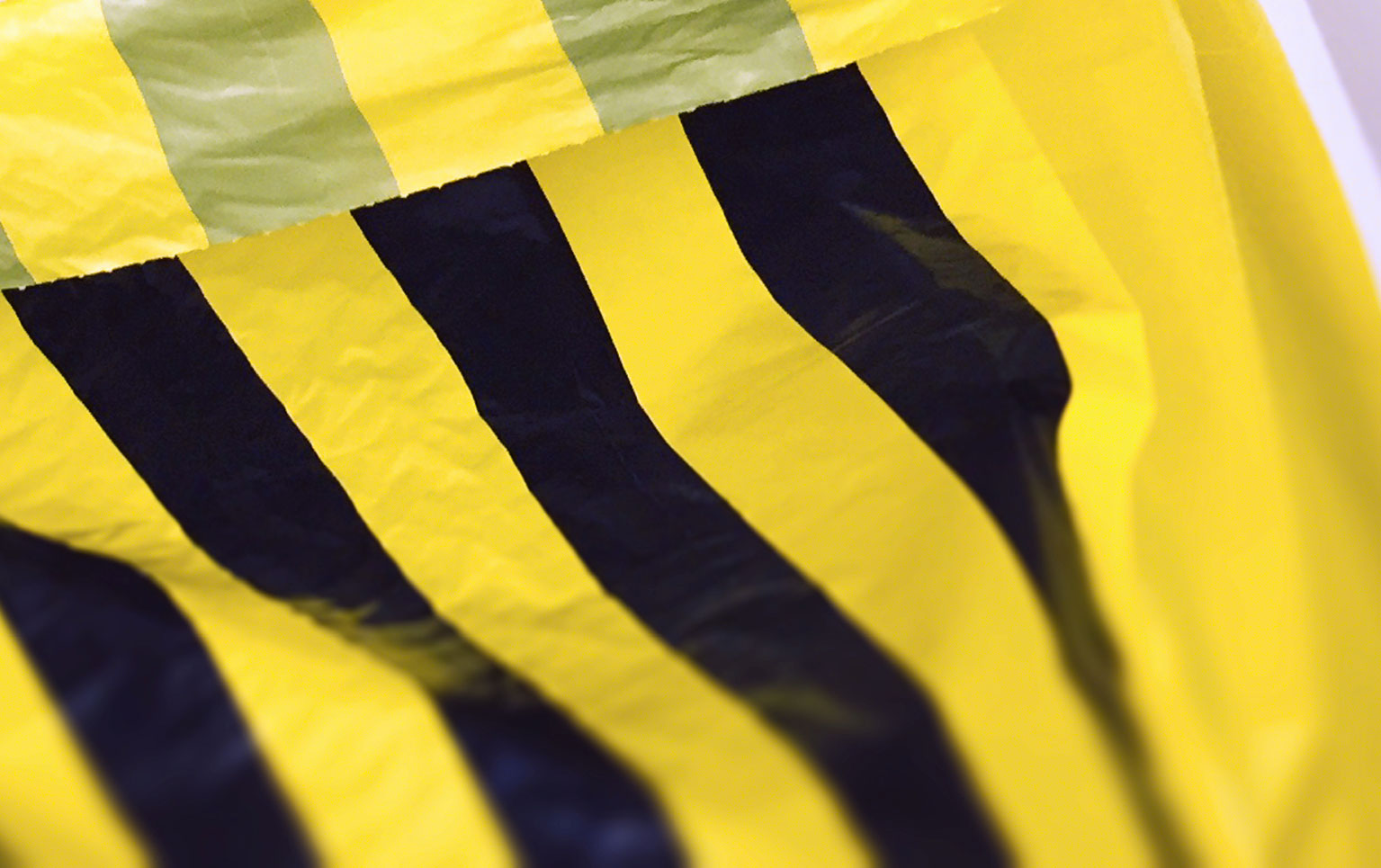Savings of up to 60% on the cost of clinical waste disposal seem almost impossible to achieve at first glance. Using the same strategy to improve performance by substantially reducing the environmental and carbon impacts of managing clinical waste sounds incredible – yet this unlikely combination is what a growing number of healthcare organisations are achieving by adopting Tiger Stripe waste bags for clinical waste management.
Tiger stripe waste bags are used for offensive waste. Many hospitals and other healthcare establishments have expanded the use of this waste channel in the past two years and offensive waste is now the fastest growing waste stream across most sectors of healthcare. Where hospitals would, in the past, exclusively use yellow and orange clinical waste streams for hazardous and infectious waste, increasing numbers are now adding the distinctive yellow and black ‘Tiger Stripe’ offensive waste channel to their waste management line up.
Rapid Up-take
There is little doubt that the rapid up-take of the tiger stripe offensive waste channel is taking place as a direct result of the significant savings and environmental benefits on offer. However, government policy and guidance strongly supports the move.
In March 2013, the Department of Health – in partnership with Defra, the Department of Transport and fully supported by the Environment Agency and the Health and Safety Executive – issued new guidance on the safe management of healthcare waste. Known as HTM 07-01, it provides a framework for best practice waste management for healthcare waste producers.
Best policy guidance emphasises the need to identify opportunities for waste minimisation and reductions in the associated environmental and carbon impacts of managing waste. This includes the need to take account of transport impacts, resource efficiency and waste minimisation.
Waste classification, and in particular the development of the offensive waste stream which uses tiger stripe waste bags, makes a key contribution to all of these. The guidance provides examples and case studies showing the cost savings and environmental benefits that increased use of the offensive waste stream can deliver.
Offensive Waste
It is essential to understand exactly what offensive waste is if proper use is to be made of the stream and the full savings and environmental benefits are to be realised. The definition of Offensive Waste was updated in the Controlled Waste Regulations 2012, which was the first time it was given a clear legal definition.
Offensive Waste contains body fluids, secretions or excretions and falls within codes 18-01-04, 18-02-03 or 20-01-99 in Schedule 1 of the List of Wastes Regulations 2005. It is not ‘Clinical Waste’ as defined in these regulations, not ‘hazardous’ or ‘special waste’ as defined in environmental legislation, and not classified as ‘dangerous goods’ under transport legislation providing it is non-infectious and does not require specialist treatment or disposal. Offensive waste can be sent to landfill.
Correct waste segregation is the starting point for making savings and reducing environmental impact by using an offensive waste stream. Proper staff training is necessary to ensure the correct separation of waste. Many nursing and care staff still refer to Offensive Waste by the old terms of ‘sanpro’ and ‘human hygiene waste’ although these terms are not strictly accurate today.
Huge Benefits
Where offensive waste streams are successfully introduced, the impact is huge. Hospitals which previously found that clinical waste comprised between 50-60% of their total waste have seen this fall to as little as 10%. Offensive waste, which used to represent around 5% of their waste total, can successfully account for 75%.
These are not isolated examples – the figures have been replicated in healthcare establishments worldwide where offensive waste streams have been introduced. The organisation Health Care Without Harm (www.noharm.org) which campaigns for sustainable healthcare, found that in the typical composition of healthcare waste in Europe, almost 71% is standard municipal waste which has become infectious only by coming into contact with other waste streams.
For organisations creating healthcare waste, the difference in the cost per tonne of disposal varies from around £200 for offensive waste to between £600-£900, depending on composition and distance, for clinical waste. The savings are quite clearly worth the effort of implementing offensive waste as a main waste stream. The rapid growth of offensive waste streams in the UK and elsewhere shows no sign of ending, and offensive waste will remain the fastest growing healthcare waste stream for the foreseeable future.
Tiger Bags
As a leading supplier of tiger stripe bags to the NHS and independent healthcare organisations, GV Health have been examining ways to improve the quality, durability and distinguishing characteristics of the bags. GV Health have also examined the environmental impact of bag manufacturing.
GV Health’s latest tiger stripe bags are a world first. They are the only products currently available in the UK that feature a non-printed stripe. The distinctive black and yellow stripe pattern which is the key identifying feature is a core part of the bag structure, as opposed to an overlaid printed stripe on an otherwise all-yellow clinical waste bag.
This unique innovation offers enormous advantages, as the yellow and black stripe pattern is visible throughout the bag, inside and outside, top and bottom and on all sides. This allows the bag – and therefore the correct waste stream – to be correctly identified with ease, a major issue when bags are held in partly obscured frames, as they very frequently are in hospitals.
For more details visit our Tiger Stripe waste bag page.














